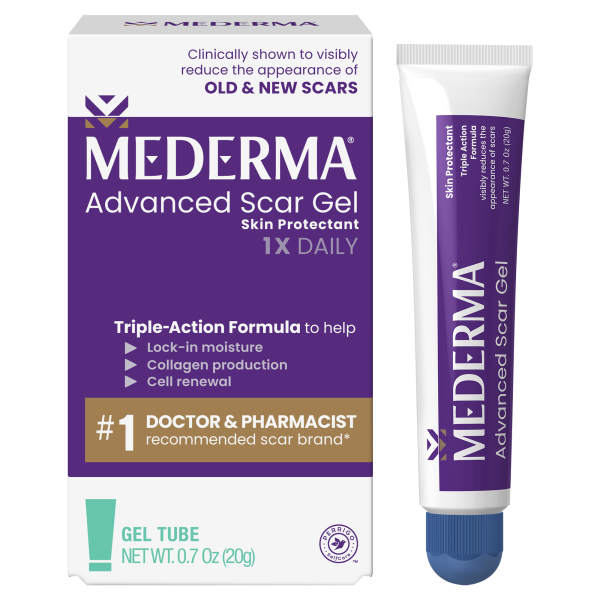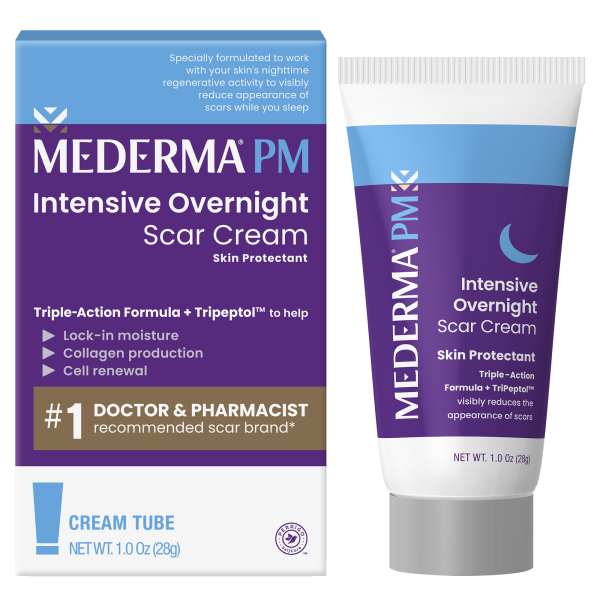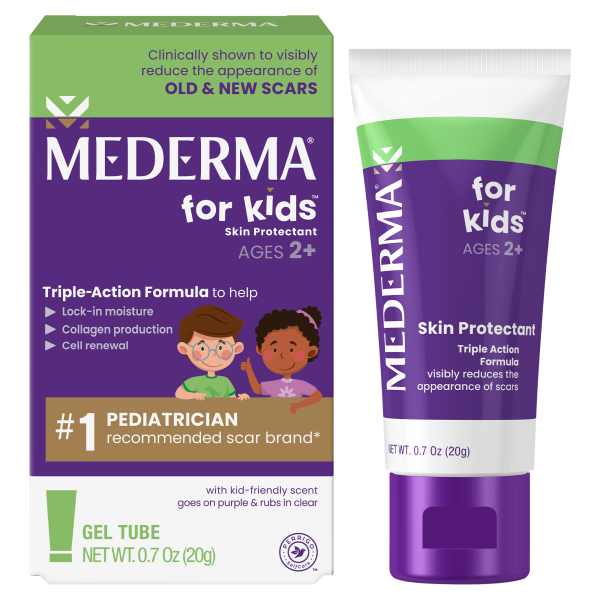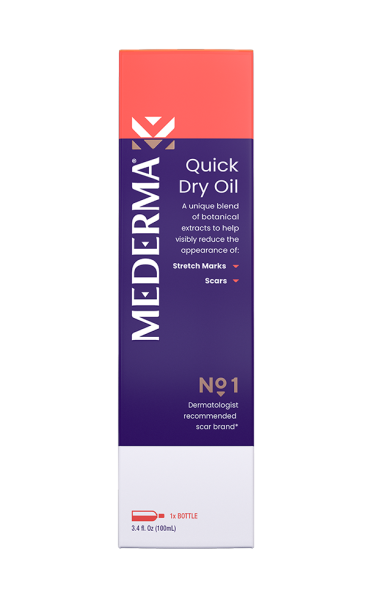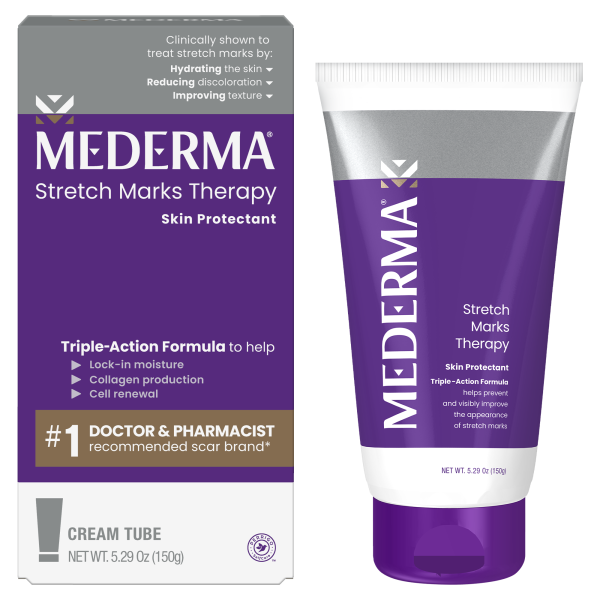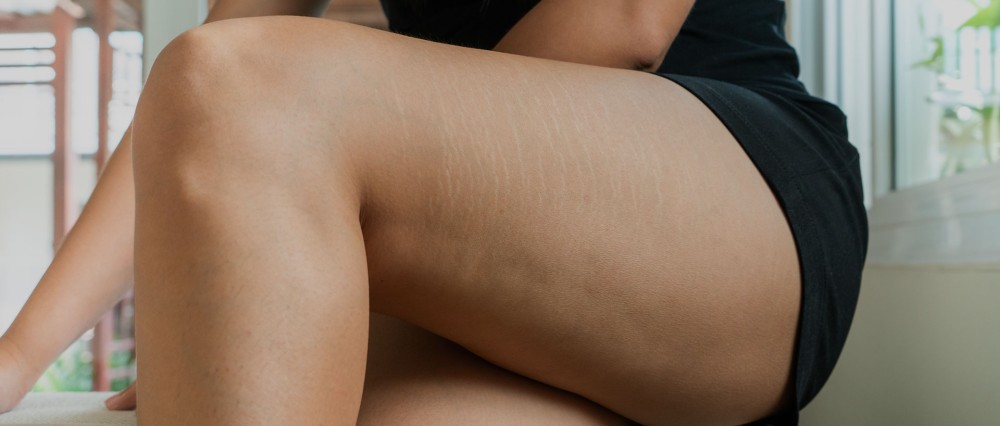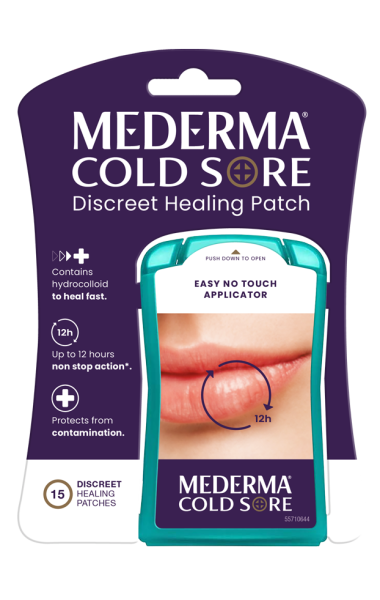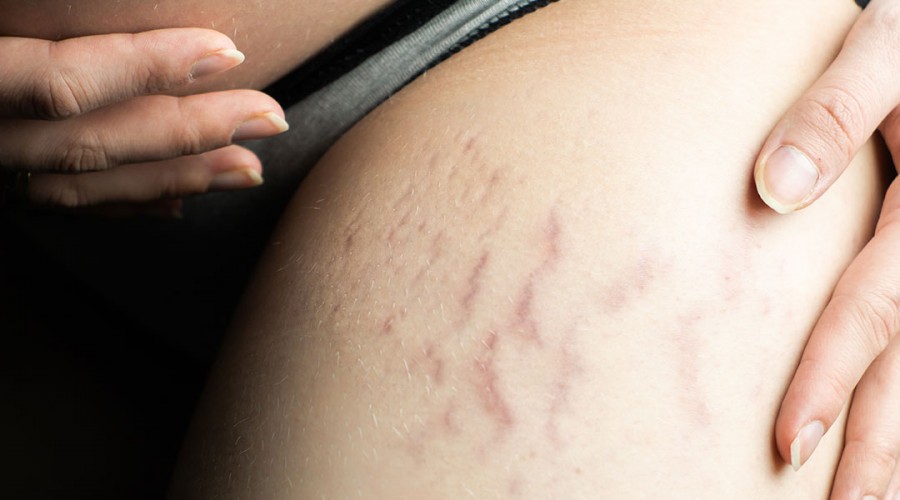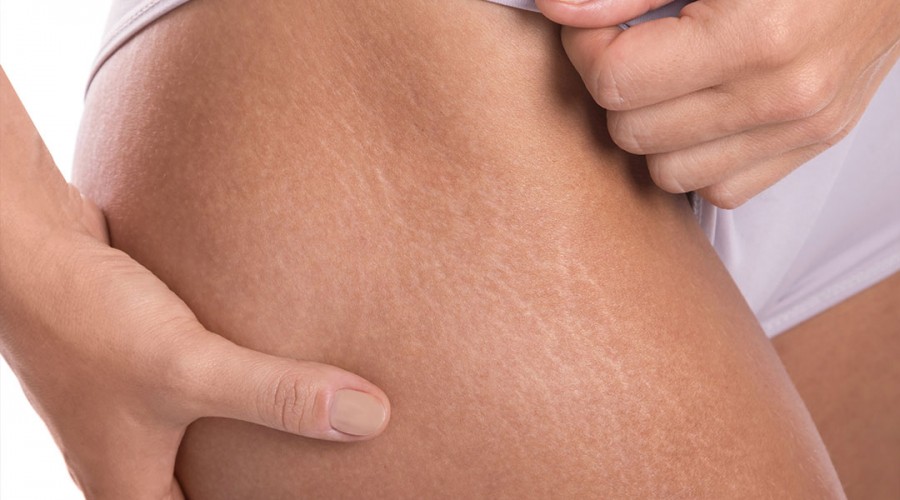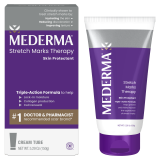Other treatments are rarely necessary, but if topical treatments fail to deliver the results you seek, you can discuss other, more invasive options with your dermatologist, including:
- Chemical Peels
Application of glycolic acid generates a peeling of the superficial layer of the skin, forcing it to regenerate. A recent study showed that it decreases stretch mark width and improves color by increasing melanin.[3] A time interval of at least 2 weeks should be respected between each peel, as it is aggressive for the skin. Several peels are needed to obtain satisfying results.[4] Home-use chemical peels can be found, but better results can be obtained by a dermatologist as your doctor will be able to adapt chemical concentrations to your skin type. This treatment can also increase the effect of topical creams.
- Microdermabrasion
Microdermabrasion is a mechanical peeling technique. Aluminum oxide/sodium chloride crystals are propelled onto the skin surface at a programmable pressure, and immediately vacuumed back up along with skin debris. By removing the superficial layer of the skin, it stimulates skin regeneration and collagen production. At least 5 weekly sessions are needed before seeing any significant results.[5]
- Fractional microneedling radiofrequency (FMR)
While penetrating into the skin, microneedles apply radiofrequency energy, inducing collagen and elastin production. After at least 4 monthly sessions, stretch mark width has been shown to be reduced.[6]
- Laser
By heating the skin, laser beams stimulate collagen and elastin production.[7] This results in improved elasticity, structure and color of the skin. Several sessions are generally needed to obtain good results, and the treatment must be supervised by a dermatologist. One of the limitations of laser treatment is that it is not suitable for dark skin types.
- Cosmetic surgery
As a last resort, and when the methods above did not work, surgery can be considered as an option. It involves excising the skin containing the stretch marks and is only performed when there is excess skin (after weight loss, for example). It is a heavy and expensive surgery which requires post-operative care and a few weeks of down-time.
Summary
Ideally, if you want to care for older stretch marks the place to start is with topical creams. But if that doesn’t have the desired impact, Chemical Peeling, Microdermabrasion, FMR and Laser are options. These are aggressive for the skin, so it is important to apply a good skin barrier to improve skin comfort and facilitate healing process. Mederma® Stretch Marks Therapy and Quick Dry Oil can help to hydrate, by locking in moisture and supporting cell renewal.
